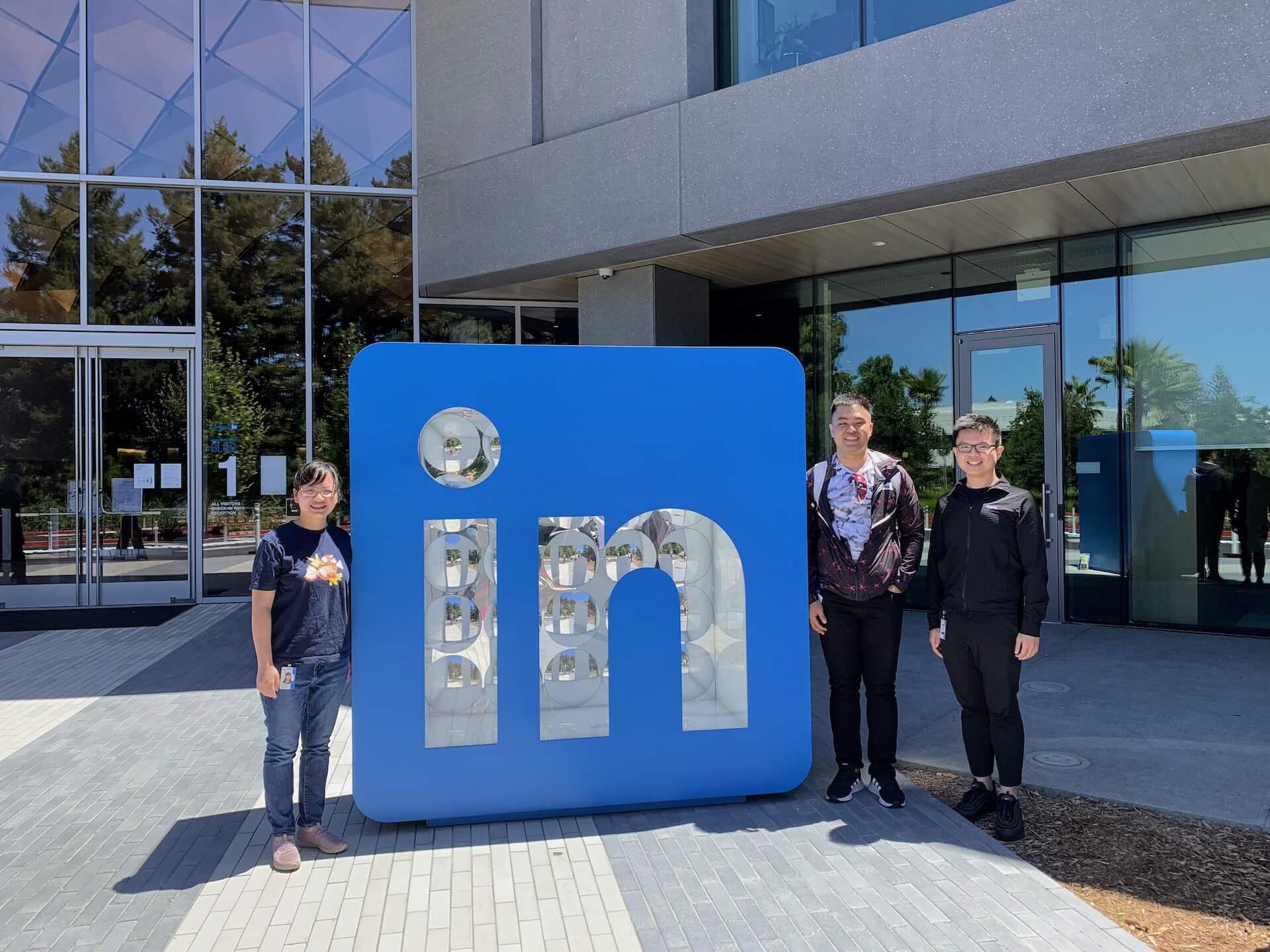“3 frontend interviews with no questions about React”
𝐗𝐮𝐚𝐧 𝐋𝐮𝐨𝐧𝐠 - 𝐒𝐭𝐚𝐟𝐟 𝐒𝐨𝐟𝐭𝐰𝐚𝐫𝐞 𝐄𝐧𝐠𝐢𝐧𝐞𝐞𝐫 𝐚𝐭 𝐇𝐨𝐧𝐨𝐫 & 𝐀𝐝𝐦𝐢𝐧 𝐕𝐢𝐞𝐭 𝐓𝐞𝐜𝐡
In the past, my dream was to work for a FAANG company, so I also applied a lot to big tech. I will share some real-life experiences related to interviewing for a frontend position without knowing anything about React.
Disclaimer: The company name is fictitious. Any coincidence with the name of the company is purely coincidental.
KARAT
I applied for a pre-IPO company specializing in providing rental services (competing with Amazon Fresh, DoorDash, and Uber). This company’s phone screen ring is outsourced to a company that specializes in household interviews called Karat.
I applied for the position of full stack. Karat’s Interviewer divides the interview into two parts: backend and frontend. On the backend, they asked a pretty easy LeetCode question. It took me about 20 minutes to finish. Then they move on to the front-end interview.
Frontend interview content mainly revolves around three things: HTML, CSS, and JavaScript. The warm-up part is a few knowledge questions and answer questions, such as how to include CSS code and JS code in an HTML file, including some ways to use meta tags, etc. After the knowledge question and answer period for about 3 or 5 questions, the interviewer gave me a piece of HTML code and asked me to write JavaScript code (vanilla JavaScript, no framework or libraries) to perform some DOM manipulation, then move on to writing CSS code to configure styling for the UI. The code is written in a code editor that does not have live UI rendering, so the interviewer does not expect the code to be written 100% correctly.
After the interview, the two sides greeted each other and then hung up. Because the interviewer is also not the person who works for the company they are interviewing, they always say there is nothing more to share. This is the biggest negative of interviewing Karat. The plus point is that if you are interviewing with several companies at the same time and if they both use Karat’s services, you may only have to do a phone screen interview once. The reason is that companies that use Karat have the option to use the results of your previous interview with Karat to decide whether or not to give you a free phone screen.
I received the results of the interview after a few days.
LINKEDOUT
The interview with the LinkedOut company was one of my best interview experiences. Unfortunately, without an offer, I would have joined within 1 note, so I could still post the announcement “I’m very happy to announce that I have joined LinkedOut, bla bla bla”.
I applied for the position of frontend for the team that is mainly responsible for the LinkedOut website, which is the company’s flagship web application. There were two rounds of interviews completely dedicated to the front-end topic: a phone screen round and an onsite round.
The question in the phone screen round mainly requires you to understand some slightly advanced concepts in JavaScript, such as event loops, how setTimeout works, prototypal inheritance, etc. To understand more about these topics, you can read more on the W3C, Mozilla’s documentation, or check out books like Eloquent JavaScript or JavaScript: The Good Parts (this book is a bit old, but many of the fundamental concepts of JS are covered very well).
On the onsite round, the question was more about building a UI component entirely with HTML, CSS, and vanilla JavaScript. You can practize by trying to write code to build UI widgets like a weather info UI, a clock, a calendar, etc. In general, the main challenges are fluency in JavaScript and related APIs (Datetime, DOM, etc.), as well as code structure, coding style, etc.
One problem to keep in mind when interviewing at LinkedOut is that the coding round is done on Coderpad, but there is no code execution function. Then Coderpad is no different from a normal text editor with additional syntax highlighting.
In the end, I don’t have a LinkedOut offer because the performance in the design round was not good enough.
UPER
Uper is a famous company that transports people and goods as an American version of DiDi. This company used to have a Vietnamese CTO.
I applied for a front-end position at this company. There was an onsite round where I had to answer a pure frontend coding question from an interviewer. This question involves applying knowledge of event loops, closures, and setTimeout to implement a task scheduler that executes tasks after a given amount of time while ensuring the execution order of tasks is in the correct order when tasks are sent to the scheduler. In general, I think the question is not too difficult for those of you who have mastered how those three things work in JavaScript.
The coding interview at Upper did very well, but the system design part here was one of my most boring experiences in this summer 2022 interview. The result here is that I also do not have an offer.
Lessons learned from 3 frontend interviews that have nothing to do with React above are:
- If you don’t know the most popular framework (React), then it’s better to have a good knowledge of advanced topics in JavaScript, the dominant language of frontend development.
- Get acquainted and practize with the APIs available in vanilla JavaScript so that you don’t have to be surprised when using it.
Even for frontend interviewing companies that ask about React, having an in-depth knowledge of JavaScript fundamentals is definitely helpful and something you can use to showcase your abilities to interviewers.
